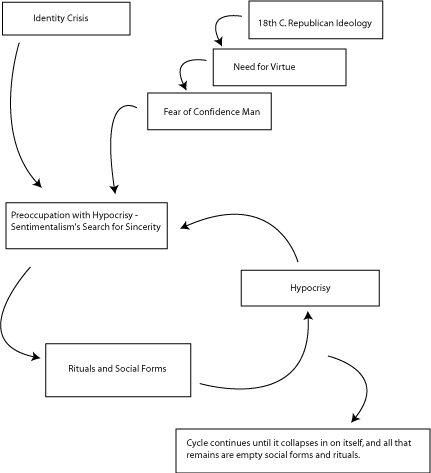

I know at least I’ll go on to the end before using the waste-paper basket.” A month later he announced: “Yes, I finished the play, but it’s no good and I have to begin all over again.” A final version, now with four characters, in a single act to be “played without a break,” was ready by 1956. In a letter Beckett wrote: “I have A out of his armchair flat on his face on the stage at the moment and B trying in vain to get him back. As Beckett’s biographer James Knowlson states, “it followed hard on the heels of Beckett’s experience of the sickroom and of waiting for someone to die, and is not only preoccupied with the slowness of an approaching end but haunted by the tiny, practical details of caring for a dying patient.” His initial draft was a two-person, two-act play involving a patient and his attendant, designated A and B.

This is like waiting tied to a chair.” Endgame would be built on “waiting tied to a chair.” After his brother’s death, in September 1954, Beckett returned to France and gradually began work on the first version of what would become Fin de partie ( Endgame). Watching his brother’s slow decline, Beckett wrote in letters, “things drag on, a little more awful every day, and with so many days yet probably to run what awfulness to look forward to” and “Waiting not so bad if you can fidget about. It was his daily, three-month-long vigil at his brother Frank’s bedside before he succumbed to lung cancer, in particular, that stimulated the writing of End-game. In the intervening years Beckett spent time in Ireland attending to both his mother and brother during their final illnesses.

Following the remarkable creative burst that produced his three great novels- Malloy, Malone Dies, and The Unnamable-and the groundbreaking Waiting for Godot, Beckett struggled through several years of “inertia,” in which he confessed not having “the least desire to put pen to paper.” Having completed Waiting for Godot in 1949, his second full-length play, Endgame, would not appear until 1956. They are amongst the most frightening prophecies of, and longing for, doom ever written.” In Endgame, critic Ruby Cohn has suggested, Beckett presents “the death of the stock props of Western civilization-family, cohesion, filial, parental, and connubial love, faith in God, artistic appreciation and creation.” A work of astonishing economy and suggestive power, Endgame is a last will and testament of a desperate consciousness seeking relief from the pain of itself.Įndgame emerged out of one of the most tormenting periods of Beckett’s life. Self-defensively we are driven to persuade ourselves that his plays are not really filled with terror and horror, but are, at bottom, jolly good fun. Harold Hobson, writing about Endgame in 1973, commented: “In recent years there has been some danger of Mr. If Waiting for Godot is Beckett’s existential comedy of affirming persistence, Endgame is his existential tragedy of willed cessation.

Contracted down from the two acts of Godot and its blank open road to a single act in a claustrophobic bare room, Endgame enacts the apocalyptic moment that Gogo and Didi anticipate, but it is far from the relief they imagined. If Waiting For Godot presents a repeating sequence of frustrated anticipation, Endgame imagines the moment before extinction, before the lights go out and a final realization, encapsulated in the play’s opening line: “Finished, it’s finished, nearly finished, it must be nearly finished.” As its chess title suggests, the play stages the final moves in a game ending either in checkmate or stalemate. Endgame is Samuel Beckett’s terminal work.


 0 kommentar(er)
0 kommentar(er)
